Actually is Escherichia coli a harmless intestinal inhabitant. As an opportunist, however, this germ is often diagnosed in the medical laboratory. Its distribution, the pathogenicity and even the purpose of E. coli are as variable as the germ itself.
What is Escherichia coli?

Is viewed under a microscope Escherichia coli a so-called "gram-negative rod bacterium". It belongs to the enterobacteria family and is a member of the genus Escherichia. Most bacteria in this genus are motile and have numerous other properties.
E.coli has so-called "fimbriae" or "pili", among other things, with which it can attach itself to human blood cells. But not only that: Many strains also have so-called "sex pili": This allows genetic information to be transferred effortlessly that can provide advantages for other bacteria, such as resistance to many antibiotics. Another survival advantage is the active "pumping out" of toxins: Certain bacteria within the genus can also remove antibiotics from the cell interior.
This germ can exist in the presence or absence of oxygen, it is "obligately anaerobic". E.coli therefore not only colonizes the intestines, but also wounds, the urinary bladder or, in the worst case, the blood of some patients in the intensive care unit.
Meaning & function
Escherichia coli is not only a bad guy, but also an important part of the human intestinal flora. So this microbe is very important for human health and also produces vitamin K.
In newborns, it is often the first germ to colonize the body. E.coli is therefore even used as a medicine to build up a healthy flora in the intestine after antibiotic therapy. For example, the isolated strain from the intestinal flora of a soldier who was apparently immune to diarrheal diseases. This special E.coli was not only able to absorb the iron from food that was taken in very well, but also protected its wearer against pathogens that would have caused diarrhea without its presence.
But this microbe is not only important as a probiotic for the pharmaceutical industry: With the help of biotechnology, E.coli can be used to produce numerous drugs. For this purpose, genes from other species can be introduced into the bacterial cells of specially bred and completely harmless E.coli, which contain certain information for proteins.
These are then produced in the bacterium, synthesized, so to speak. And that in large quantities and with optimum tolerance, since E.coli, as a component of the human intestinal flora, hardly causes allergies.
Diseases
Usually is E. coli a harmless bacterium. As an opportunistic pathogen, however, it finds small weak points in the host and creates infections. Uropathogenic E.coli (UPEC) play an important role in uncomplicated urinary tract infections.
E.coli of the "NMEC" type, which can cross the blood-brain barrier and thus trigger neonatal meningitis, is a danger to newborns. The variants of E. coli, which have an extended ß-lactamase spectrum (ESBL), are particularly difficult to treat, which is why an antibiotic test (antibiogram) should always be carried out in the case of infections with Escherichia coli.
The "pathogens E.coli" occupy a special position with regard to the danger and relevance of these bacteria, which annually cause 160 million diseases worldwide and mean death for a million people. Children under the age of five who are particularly infected with enteropathogenic E. coli (EPEC) in developing countries are particularly affected. The next large group are the enterotoxic E.coli (ETEC), from which travelers often suffer.
The supply of electrolytes is important here, because "Montezuma's revenge" and two different enterotoxins cause watery, extreme diarrhea. Enteroinvasive E.coli (EIEC) cause inflammation and ulcers in the stomach or intestines, as they penetrate directly into the cells there. Enterohaemorrhagic E.coli (EHEC) are particularly dangerous because their toxin can cause severe food poisoning.
Complications such as hemolytic uremic syndrome (HUS) are very much feared here because they result in death from kidney failure in 10-30 percent of cases. Cattle are often reservoirs of pathogens, whose faeces contain one to two percent EHEC bacteria, of which only 10-100 germs are sufficient for an infection.
Typical & common bowel diseases
- Crohn's disease (chronic bowel inflammation)
- Inflammation of the intestine (enteritis)
- Intestinal polyps
- Intestinal colic
- Diverticulum in the intestine (diverticulosis)

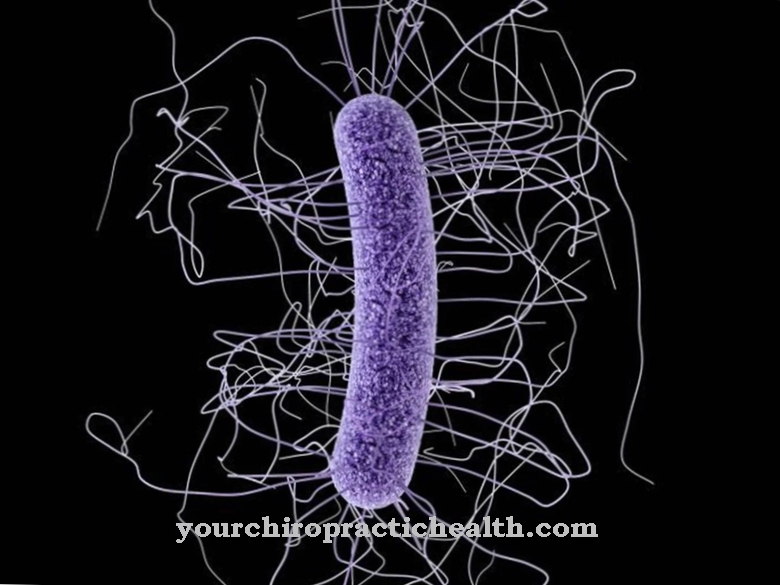
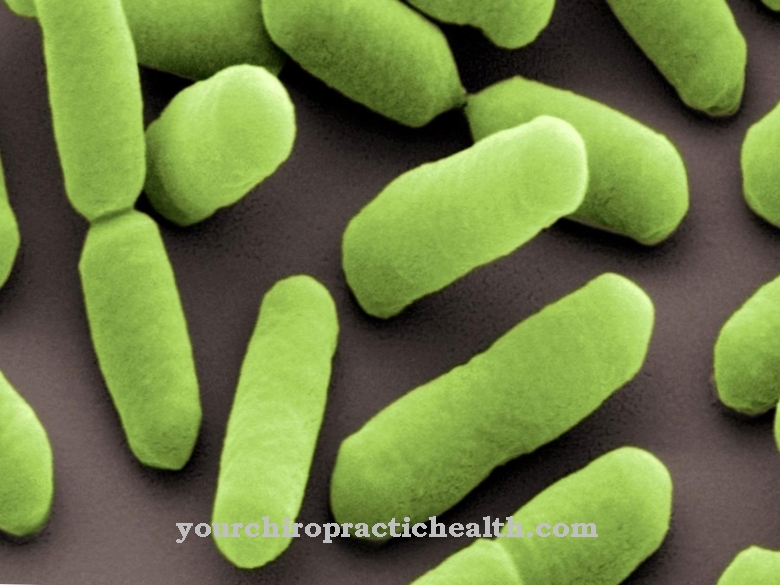
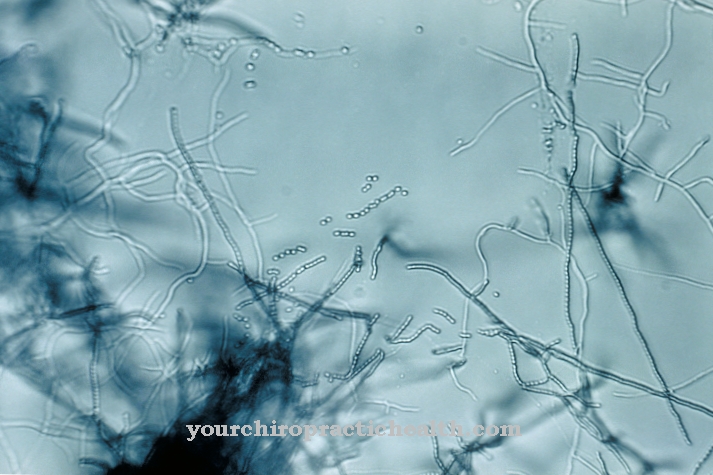
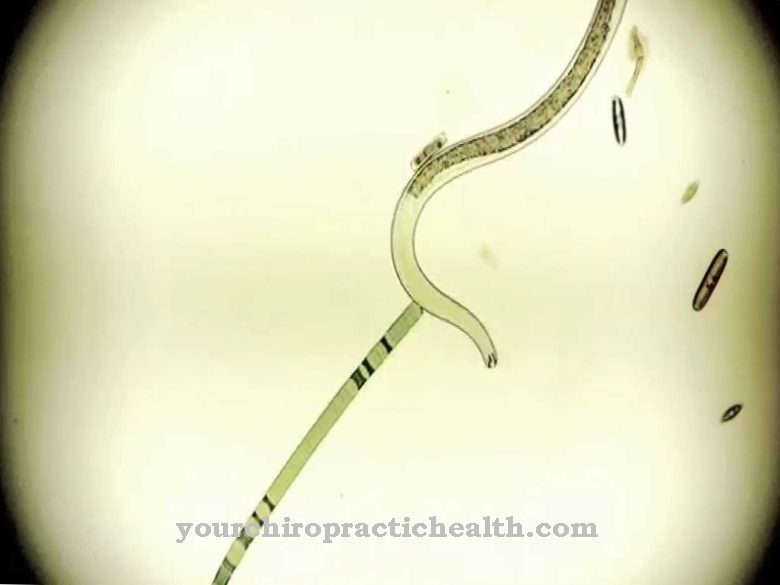

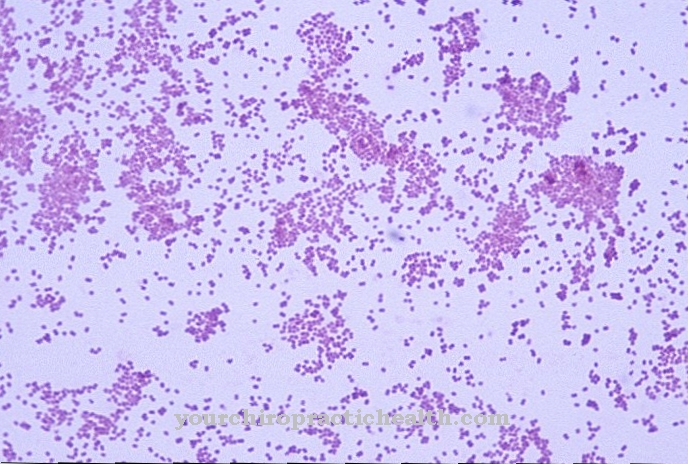


















.jpg)


